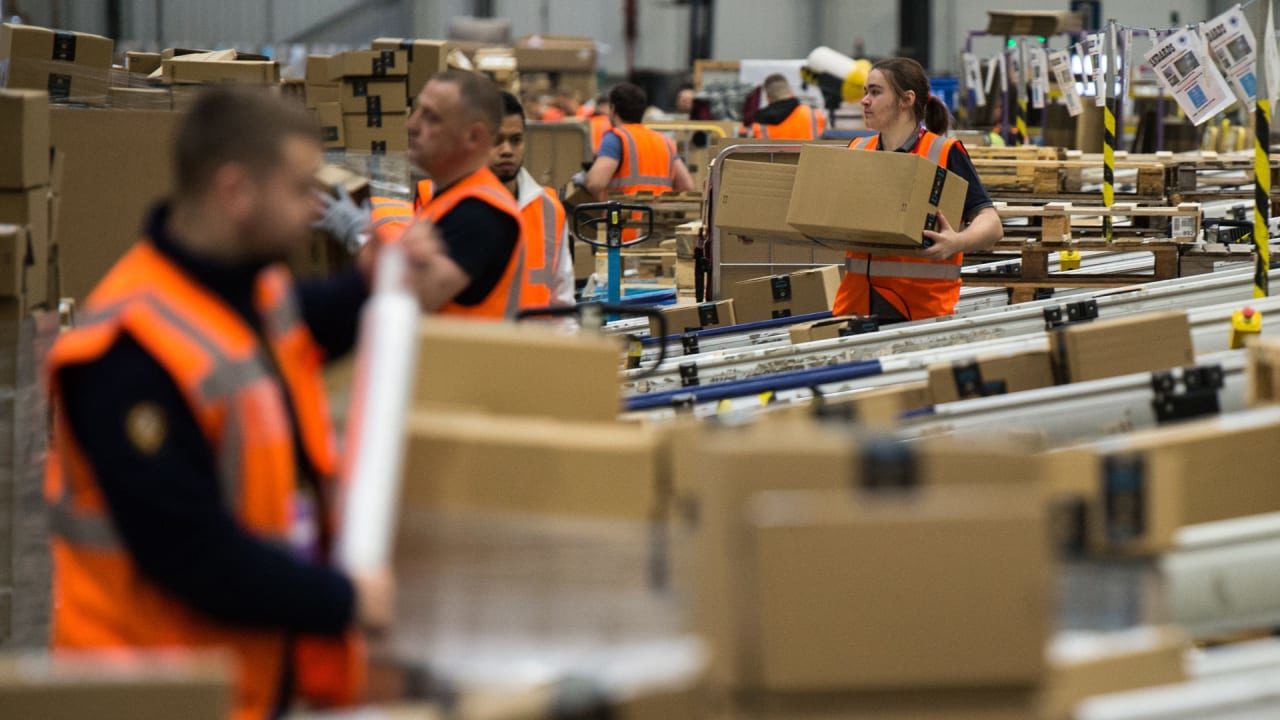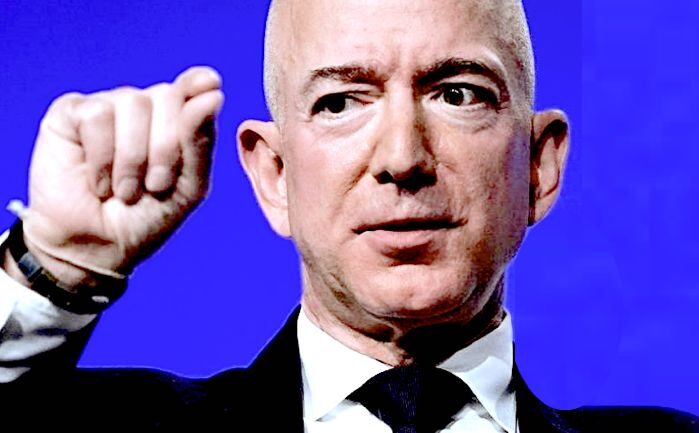Last month, [Business] Insider reported on what appears--at least on the surface--to be an alarming practice at Amazon. According to the reporting, managers at the online retailer intentionally hire people that they know they're going to fire.
Look, I freely acknowledge that my people management experience is limited to much smaller teams than the 1.3 million employees at Amazon, but something seems off about hiring someone just so you can fire them later. It just seems wrong.
Really, though, the fact that managers at Amazon might offer someone a job just so they can terminate them isn't even the worst part of the story. See, managers at Amazon have a target rate for annual turnover.
They're expected to lose, either voluntarily or through termination, a specific number of employees every year. If you don't, you're expected to make up for it the following year. Managers are even evaluated using this metric, known as "unregretted attrition rate" (URA). Basically, it's the number of people you wouldn't be sad to see leave the company.
We'll come back to that in a minute. First, however, it's worth mentioning that having a goal for attrition isn't inherently bad. In some ways, it's simply acknowledging reality and placing a measurement on what is already going to happen in a healthy environment.
People leave, either because they move on to new opportunities or because they aren't able to perform at a level the company deems acceptable. That happens in every company.
Measuring it can be an important tool for helping managers gain perspective. If a manager knows it's normal to lose a certain percentage of employees each year, she is more likely to look at her teams with an objective eye.
The problem is, that's not what's happening. Instead, Amazon managers are hiring people they otherwise wouldn't, or shouldn't, just so they can later fire them to hit their goal. That completely defeats the point since — if the metric is based on sound business principles — there are people keeping their job who shouldn't, at the expense of the sacrificial lamb.
Incentives sometimes have a way of leading people to a place you'd rather they not go. We count on the people we trust to manage teams to act in the best interest of the team and the company. Except, the brutal truth is, you get what you reward.
If you incentivize managers to meet a specific goal, they're going to take steps to meet that goal, even artificial ones. If one of those goals is to have a turnover rate, the logical conclusion is that they will figure out how to meet that goal in the least painful way possible. Arguably, that's to hire people they don't plan to keep around anyway.
Also, what if your team is performing especially well? In that case, if you have to lose a specific number anyway, it creates an incredibly hostile work environment. To that end, it's self-defeating. Your team becomes less concerned with doing what's best to help the team perform, instead doing whatever they can to save their own job.
To be fair, Amazon told Insider that "hire to fire" isn't a policy. That doesn't change the fact that it appears to be a part of Amazon management culture.
And that's a problem, because "hire to fire" goes against Amazon's leadership principles, one of which is "Hire and develop the best." From the company's website:
Leaders raise the performance bar with every hire and promotion. They recognize exceptional talent, and willingly move them throughout the organization. Leaders develop leaders and take seriously their role in coaching others. We work on behalf of our people to invent mechanisms for development like Career Choice.You can't have a culture that expects leaders to "raise the performance bar with every hire," and also create so much pressure on them to meet metrics that they are hiring people just so they can fire them. When that happens, it might be time to reevaluate whether incentives you've created are raising the bar at all.





If they based pay on performance, the box stuffers win, hands down. If they didn't stuff and ship, management wouldn't have a job.